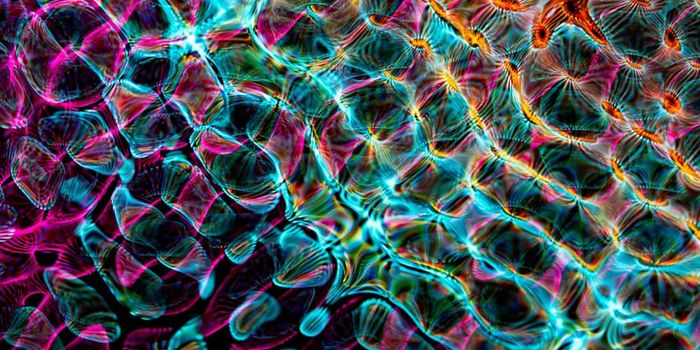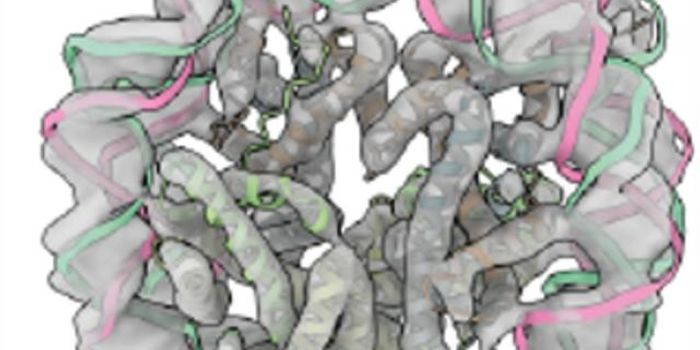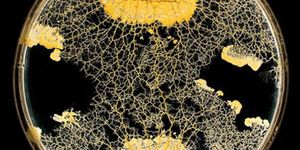Common Brain Disorder Has a Genetic Influence
It's thought that as many as one in 100 people are born with a brain disorder known as Chiari 1 malformation, but usually, children that carry it develop normally and don't have health problems because of it. But a subset of those individuals, about ten percent, have headaches, vision problems, neck pain, disturbances in hearing and balance, and other neurological issues. While it's thought to run in families, researchers did not know whether there was a genetic component, and there is still a lot we don't know about the disease. Reporting in the American Journal of Human Genetics, scientists have now found two genetic variants that may cause the Chiari 1 malformation. Testing for these variants could indicate whether a person might develop serious symptoms.
"There's an increased risk for Chiari malformations within families, which suggests a genetic underpinning, but nobody had really identified a causal gene," said the senior author study Gabriel Haller, Ph.D., an assistant professor of neurosurgery, of neurology and of genetics at Washington University School of Medicine in
St. Louis. "We were able to identify two causal genes, and we also discovered that people with Chiari have larger head circumference than expected. It's a significant factor, and easy to measure. If you have a child with an enlarged head, it might be worth checking with your pediatrician."
In people with the Chiari 1 malformation, the lowest regions of the brain are below the base of the skull. This study found that compared to children with normal head sizes, those that have unusually large heads are four times as likely to get a Chiari 1 malformation diagnosis.
"A lot of times people have recurrent headaches, but they don't realize a Chiari malformation is the cause of their headaches," Haller said. "And even if they do, not everyone is willing to have brain surgery to fix it. We need better treatments, and the first step to better treatments is a better understanding of the underlying causes."
Surgery can decompress the Chiari malformation in patients with severe symptoms, like problems with sensation, weakness, chronic pain or headaches.
In this study, the scientists assessed genetic data from 668 people with Chiari 1 malformation and a group of 232 of their relatives, which included 76 people that also had Chiari 1 malformation and 156 unaffected individuals.
Chiari 1 malformation patients were found to be more likely to have mutations in a group of genes called chromodomain genes. Some of these mutations were not inherited; they occurred de novo and were not present in relatives of the carrier. The chromodomain genes called CHD3 and CHD8 were especially linked to Chiari 1.
The researchers investigated the impact of CHD8 genetic variants in a zebrafish model, by deactivating one copy of the zebrafish chd8 gene. In those fish, the heads became very large while their bodies stayed the same size.
Chromodomain genes are involved in the regulation of the expression of other genes, and it's known that they are required for normal brain development. But not much else is known about them other than their association with neurodevelopment disorders.
"It's not well known how chromodomain genes function since they have such a wide scope of activity and they are affecting so many things at once," Haller said. "But they are very intriguing candidates for molecular studies, to understand how specific mutations lead to autism or developmental delay or, as in many of our Chiari patients, just to increased brain size without cognitive or intellectual symptoms. We'd like to figure out the effects of each of these mutations so that in the future, if we know a child has a specific mutation, we'll be able to predict whether that variant is going to have a harmful effect and what kind."
This work suggests that children that have especially large heads, or neurodevelopment disorder patients may benefit from Chiari 1 malformation screening.
"A lot of kids that have autism or developmental disorders associated with chromodomain genes may have undiscovered Chiari malformations," Haller said. "The only treatment right now is surgery. Discovering the condition early would allow us to watch, knowing the potential for serious symptoms is there, and perform that surgery as soon as it's necessary."
Sources: AAAS/Eurekalert! via Washington University School of Medicine, American Journal of Human Genetics









